Welcome to Open Learning College – Change your career, Increase your salary, and Improve your life.
 Course Overview
Course Overview 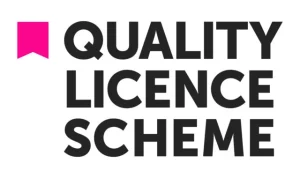
Embark on a transformative learning journey with the UK’s most innovative home study provider, offering courses designed to unlock your true potential and facilitate the career change you desire. Access our distance learning courses directly from anywhere, anytime, and acquire industry-recognised Professional Qualifications essential for advancing in your career.
Specifically, explore the flexible and convenient Aromatherapy (Level 3) course, an ideal way to gain a diploma qualification. Whether you aim for further education, improved job prospects, or expanded knowledge, this comprehensive course allows you to prepare thoroughly for exams or careers through home study. Plus, it’s structured to be accessible and beneficial even if you have no prior knowledge in Aromatherapy.
Plant products have been used in ancient civilisations e.g. Chinese, Indians, Egyptians, Greeks, and Romans as a cure against illness, a cosmetic and perfume, and in the preservation of food due to its antiseptic properties. Aromatherapy was first mentioned in the West in 1910 by a Frenchman called Rene-Maurice Gattefossé when he effectively treated his badly burned hand with Lavender oil. Later, a French surgeon, Jean Valnet pioneered the medicinal uses of essential oils by their use as antiseptics in World War 1. Today aromatherapy is the use of plants and their derivatives to treat by internal and external use or as an aerial diffusion. How each plant is processed, prepared, used safely and their beneficial properties will be taught. How it impacts on well-being either through direct application such as using massage, its effect on the internal organs such as the brain, the olfactory and digestive organs, as well as its psychological (mental and emotional) benefits will be discussed in detail.
 Course Key Topics
Course Key Topics
the Aromatherapy (Level 3) course is divided into 10 modules.
Module 1: What is Aromatherapy?
This unit defines what Aromatherapy is, its history and begins to explain its growing popularity. It is an ancient tradition used by almost all cultures, and continues to be prevalent today for many who do not trust science and modern medicine. Although all aspects of its effects remain unproven, there is a clear belief of its impact on health and wellbeing particularly to the psychological and emotional and in use e.g. fennel in baby’s Gripe water and the roasted fennel is eaten after dinner throughout India (in the treatment of indigestion or purely to aid digestion). How useful plant components e.g. oils are extracted and processed is shown.
- Key Definitions: Aromatherapy, Essential Oil, Absolute, Aromatic Water, Other Aromatic Extracts.
- A Brief History of Aromatherapy.
- How essential oils and aromatic waters are made using Enfleurage (absorption through fats and oils), Maceration (heating in fats and oils), Expression (using pressure for citrus peels), Solvent Extraction (using chemicals), Pytonic extraction (uses non-chlorinated gaseous solvents), Butane extraction (uses Butane as a solvent), Carbon dioxide extraction (most common process today), Distillation: Water, Steam, Water & Steam.
Module 2: Basic Taxonomy (how oils are classified and applied)
The second unit looks at how we class the oils and which plant they originate from. It is vitally important that plants are not confused as there are often safety issues when using aromatherapy. The most common application of oils is through the skin, so this section shows the structure of the skins and the best way to apply oils without it doing any harm. The unit is broken into:
- How Essential Oils Work: the essential oils interaction with the body
- Absorption via the skin i. The Structure of The skin: the epidermis and the Dermis
- Transdermal absorption of essential oils
- Physical and Metabolic Barriers of Essential oils
- Increasing the Level of Absorption via the Skin
- The Benefits of application to the skin
- The Contraindications of application to the Skin
Module 3: Basic Taxonomy (how oils are classified and applied)
The third unit looks at how oils are used inside the body either by absorption via the Respiratory System through inhalation, and then entering the lungs and the body or through the nasal passage directly into the brain. Just the smell of certain oils are known to have impact on wellbeing and calmness or by helping to relieve stress, anxiety and tension. Only very trained therapists can recommend mixes for such application as many oils are not suitable for internal use, and may actually cause harm, even poison a person. The unit teaches the following:
- Absorption via the Respiratory System a. Via The Respiratory Interface b. Via Cerebrospinal Fluid
- The Benefits of Application via the Respiratory Interface
- The Contraindications of Application via the Respiratory Interface
- Absorption via Olfaction: a. The Nasal Cavity b. Olfactory Membrane c. Olfactory Receptors
- Physiology of Olfaction
- The Olfactory Pathway
- . Adaptation and Odour Thresholds
- Relevance of Smell to the Aromatherapist
Module 4: The Chemistry of Essential oils explained
- The Skin (acne, eczema, abscesses and boils, Impetigo, warts and verrucae, Ringworms/ Athletes foot, and Psoriasis)
- The Respiratory System (colds and flus, catarrh and sinus, earache, sore throat, Laryngitis, Tonsillitis, Hay fever, coughs and Bronchitis)
- The Cardiovascular System (anaemia, poor circulation problems and chilblains, low/ high blood pressure, varicose veins and haemorrhoids)
- The Digestive System (constipation, diarrhoea, vomiting and nausea, heartburn and indigestion, Irritable Bowel Syndrome, flatulence, gall stones and gall bladder)
- The Reproductive System (pre-menstrual syndrome, painful periods, vaginal infections, Menapausal problems, low sex drive and impotence)
- The Nervous System (tension, stress, anxiety, worrying, over-thinking, Insomnia, headaches and migraines, neuralgia)
- The Musculoskeletal System (Arthritis, Rheumatism, Gout, backache, Sciatica)
- The Urinary System (Kidney infection, cystitis, urethritis, Kidney stones, water retention)
Module 5: How to use Essential oils
The various ways oils can be used is discussed in more detail in unit 5. The method of application depends on the ailment and also on maximising the impact of the oils and its effect. How to mix, in what amounts and the various ways to apply some examples of oil mixes is shown in this unit, divided as follows:
- Massage
- Skin Treatments – Including Ointments, Creams, Lotions, Gels, Baths, Clays, Scrubs, Sprays
- Hair & Scalp Treatments
- Nebulisers and Vaporisers
- Steam Inhalation
- Pulse Points
- Perfumes
- Internal Use – Suppositories, Pessaries, Mouth Wash and Gargles
Module 6: Using Essential Oils Safely
The safe use of oils is very important because some can do as much harm if used improperly, as the good they can do when correctly applied and used. How to work using best practice is discussed in unit 6 by giving advice on a range of issues such as correct labelling, bearing in mind different clients (children and the elderly have thinner and more sensitive skin), allergies, testing, storage etc. What common ailments can be treated through the use of oils is listed. The unit flows as follows:
- Labelling
- Storage
- Diluting
- Children
- The Elderly
- Accidents
- Phototoxicity
- Internal Use & Accidental ingestion
- The Medicinal Properties of Essential oils: Analgesics, antiallergenic, antibacterial, anticatarrhal, anticonvulsant, antidepressant, antifungal, antihistamine, anti-infectious, anti-inflammatory, antineuralgic, antiparastic, antirheumatic, antisebborheic, antiseptic, antispasmodic, antiviral, anxiolytic, aperitive, aphrodisiac, astringent, Balsamic, Bronchodilator, Calminative, Cardiotonic, Carminative, Cephalic, Cholagogic, Choleretic, Deodorant, Depurative, Digestive, Diuretic, Emmenanagogue, Euphoric, Expectorant, Febrifuge, Hepatic stimulant, Immunostimultants / Immune tonics, Insect repellents, Lymphatic decongestants, Lymphatic tonic, Mucolytic, Mucosecretory, Nervine stimulant, Neurotonic, Phlebotonic, Rubefacient, Sedative, Stomachic, Tonic, Vermifuge, Vulnerary.
Module 7: The Essential Oils (Classification, properties, use and safety)
The most useful oils from A to Z are listed in unit 7. Its scientific and common name, where it is found, important properties and main uses is given, along with any safety issues such as whether it can be taken internally, use with pregnant women etc. The oils are:
- Aniseed
- Basil
- Bergamot
- Cajeput
- Caraway
- Cardamom
- Cedarwood
- Chamomile, German
- Chamomile, Roman
- Cinnamon
- Citronella
- Clary sage
- Clove
- Coriander
- Cypress
- Eucalyptus, Blue Gum
- Eucalyptus, Lemon scented
- Everlasting
- Fennel
- Frankincense
- Geranium
- Ginger
- Grapefruit
- Hyssop
- Jasmine
- Juniper
- Laurel
- Lavendin
- Lavender, Spike
- Lavender, True
- Lemongrass
- Lemon
- Mandarin. tangerine
- Melissa
- Myrrh
- Neroli
- Niaouli
- Orange, Sweet
- Palmarosa
- Patchouli
- Pepper, Black
- Peppermint
- Petitgrain
- Pine
- Rose
- Rosemary
- Sage, Spanish
- Savory, winter
- Spikenard
- Tea tree
- Thyme, linalol
- Thyme, thymol
- Vetiver
- Yarrow
- Ylang ylang
Module 8: The Aromatic Waters (those plants which easily diffuse into water)
Unit 8 lists the most useful water-soluble plant products, giving their properties, usefulness and contraindications/ safety concerns for the following:
- Chamomile, German
- Fennel, Sweet
- Geranium
- Lavender, True
- Orange Flower, Bitter
- Peppermint
- Rose
- Sage, Greek
- Witch Hazel
- Yarrow
The Base oils: Herbal and Vegetable oils
Most pure essential oils are very expensive or unnecessary in concentrated amounts. They are diluted by an appropriate base or carrier oil. They are also called fixed oils as they stop many volatile compounds from being lost. The most appropriate oil is used for mixing, often because it adds value to the oil mix such as being a useful skin moisturiser or because it complements the essential oil. Most oils used in mixing or fixing are themself highly effective in treatment such as massages, in treating hair and scalp or in making lotions. The most useful oils are:
- Almond
- Avocado
- Castor
- Coconut
- Evening Primrose
- Grapeseed
- Hazelnut
- Hemp
- Jojoba
- Macadamia
- Olive
- Peach kernel
- Rosehip seed
- Seje
- Sesame
- Sunflower
- Wheatgerm
- Arnica
- Calendula
- Devil’s claw
- Gotu kola
- St. John’s wort
Module 9: Treating common complaints
The most common treatable illnesses, sickness and pain that can utilise the use of oils are divided into 8 key areas as shown below. The key oils to treat each type of ailment is also given, though this should not restrict what is used. In actual practice therapists will have favourites or able to access only certain oils, some make their own mixes using what is locally available to them. However, in this course effort should be made to get to know and use all the oils in this course. Expertise is gained through practice, and also some oils might be more effective in certain treatment than a commonly used essential oil.
- The Skin (acne, eczema, abscesses and boils, Impetigo, warts and verrucae, Ringworms/ Athletes foot, and Psoriasis)
- The Respiratory System (colds and flus, catarrh and sinus, earache, sore throat, Laryngitis, Tonsillitis, Hay fever, coughs and Bronchitis)
- The Cardiovascular System (anaemia, poor circulation problems and chilblains, low/ high blood pressure, varicose veins and haemorrhoids)
- The Digestive System (constipation, diarrhoea, vomiting and nausea, heartburn and indigestion, Irritable Bowel Syndrome, flatulence, gall stones and gall bladder)
- The Reproductive System (pre-menstrual syndrome, painful periods, vaginal infections, Menapausal problems, low sex drive and impotence)
- The Nervous System (tension, stress, anxiety, worrying, over-thinking, Insomnia, headaches and migraines, neuralgia)
- The Musculoskeletal System (Arthritis, Rheumatism, Gout, backache, Sciatica)
- The Urinary System (Kidney infection, cystitis, urethritis, Kidney stones, water retention)
Module 10: Creative Blending
The last section teaches how to start to experiment in blending one’s own oils. Blends are made to relieve the mind, body and soul or as an aromatic perfume to use as a diffuser. To get the most effective and long-lasting blend, the properties of the oils must be remembered so the best base oil, the most effective mix for a purpose and one which is economically viable must be made. Clients can be consulted about e.g. cost and use, but the therapist is the expert who must use acquired skills to form the best blend of oils. Many examples of oil mixes are given in this section:
- Blending Essential Oils
- Blending Base Oils
- Suggested base oil blends to get you started
(Please click on the curriculum tab above to see a detailed view of each module)
Course Content
Aromatherapy (Level 3) – FREE Starter Pack
How to…. (a series of explainer videos)
Module 1 – What is Aromatherapy?
Module 2 – Basic Taxonomy (how oils are classified and applied)
Module 3 – Basic Taxonomy (how oils are classified and applied)
Module 4 – The Chemistry of Essential oils explained
Module 5 – How to use Essential oils
Module 6 – Using Essential Oils Safely
Module 7 – The Essential Oils (Classification, properties, use and safety)
Module 8 – The Aromatic Waters (those plants which easily diffuse into water)
Module 9 – Treating common complaints
Module 10 – Creative Blending
Course Resources
Final Exam
College Announcements
🔍 Unlock the Aromatherapy Level 3 with £50 OFF the Course! 🌿💰
Ready to immerse yourself in the world of aromatherapy?
For a limited time, seize the opportunity to enrol in our Aromatherapy Level 3 course with an exclusive £50 discount!
Use code AROMA50 at checkout before the month concludes!
🌟 Why Choose Our Aromatherapy Level 3 Course
Presented by Open Learning College, this course is your pathway to exploring the therapeutic benefits of aromas and essential oils. Dive into comprehensive modules covering essential topics—from the science of aromatherapy to creating personalized blends. Gain hands-on experience in harnessing the power of scents for health and well-being.
💡 What Makes Our Course Shine
Expert Guidance: Benefit from experienced tutors providing support throughout your learning journey.
Real-World Skills: Acquire practical knowledge crucial for success in the field of aromatherapy.
Flexible Learning: Tailor your studies to your schedule with 24/7 access to course materials.
Don't miss this chance to unlock the secrets of aromatherapy at a discounted rate! Enrol now, use code AROMA50* at checkout, and embark on your journey towards becoming a skilled aromatherapist. 💰🕵️♂️
*This discount code cannot be used in conjunction with any other offer.

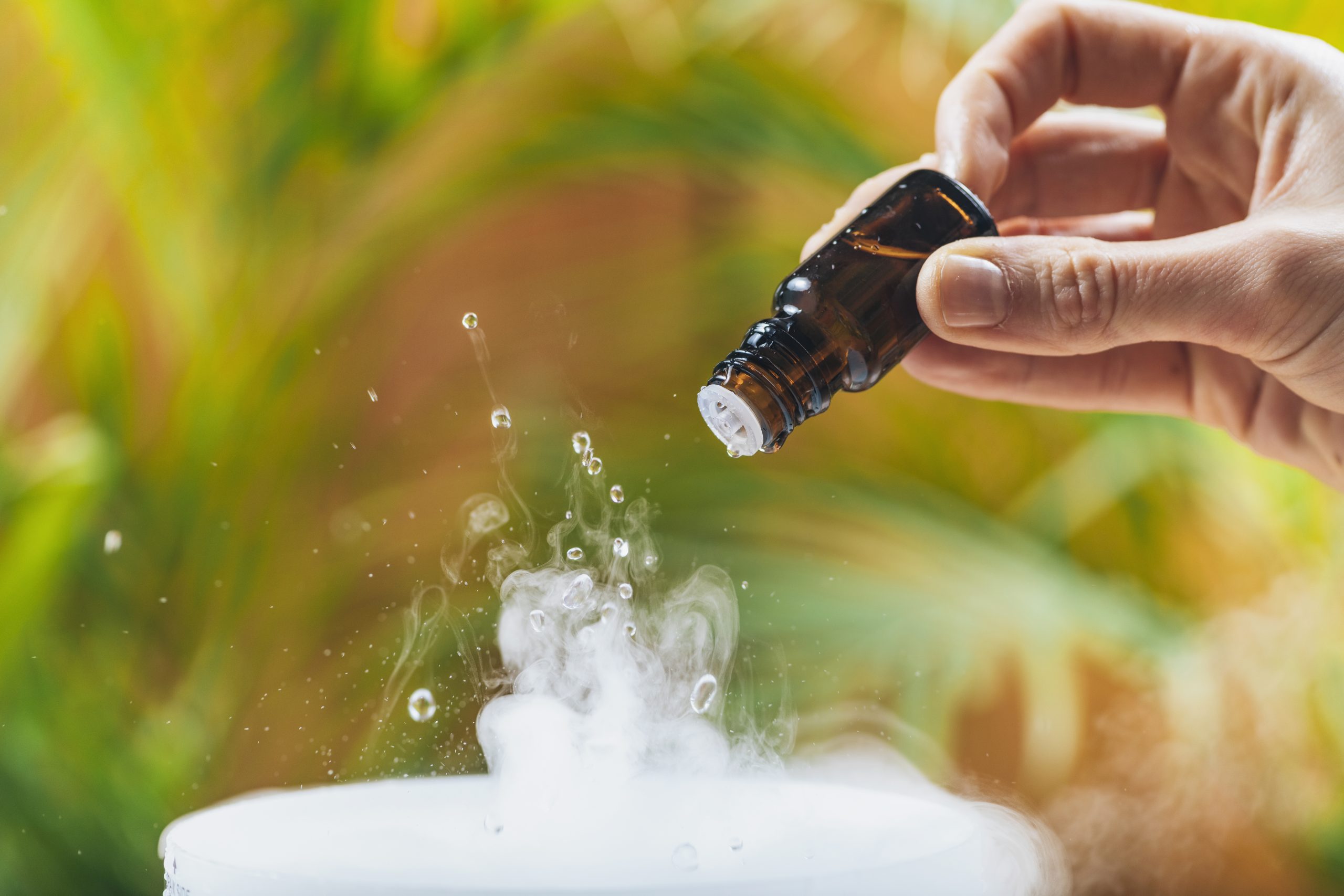







 Get Social!
Get Social!





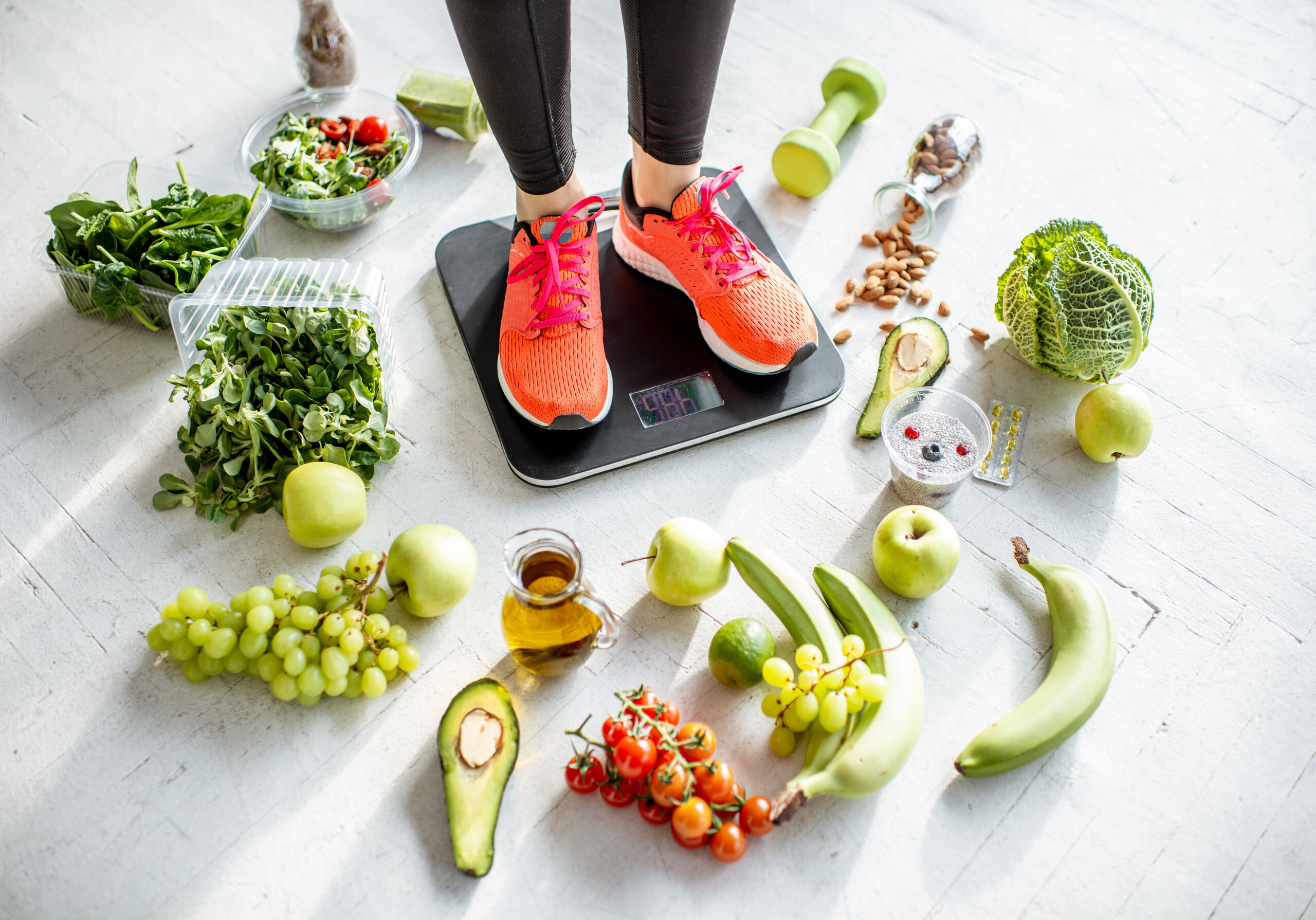
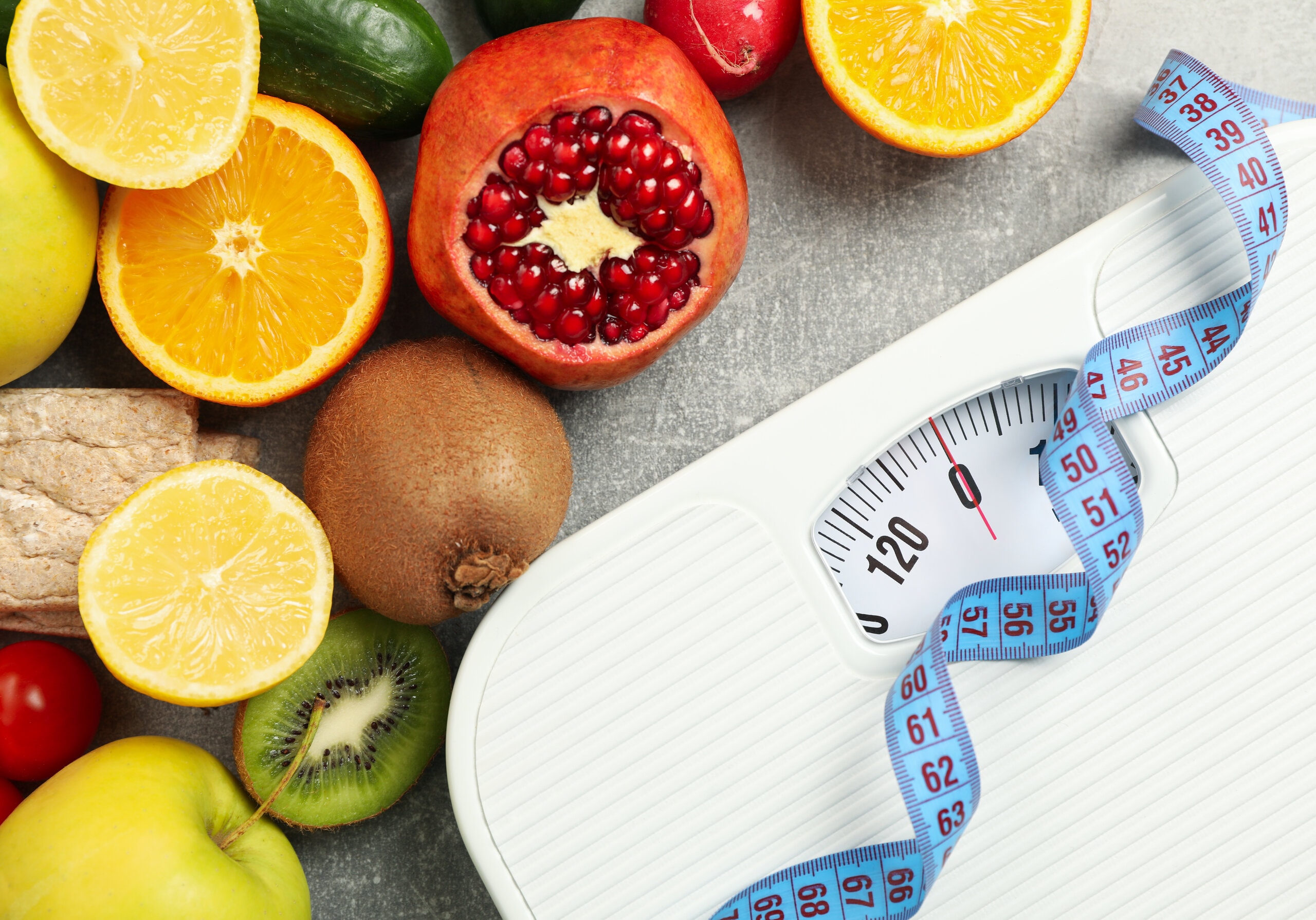
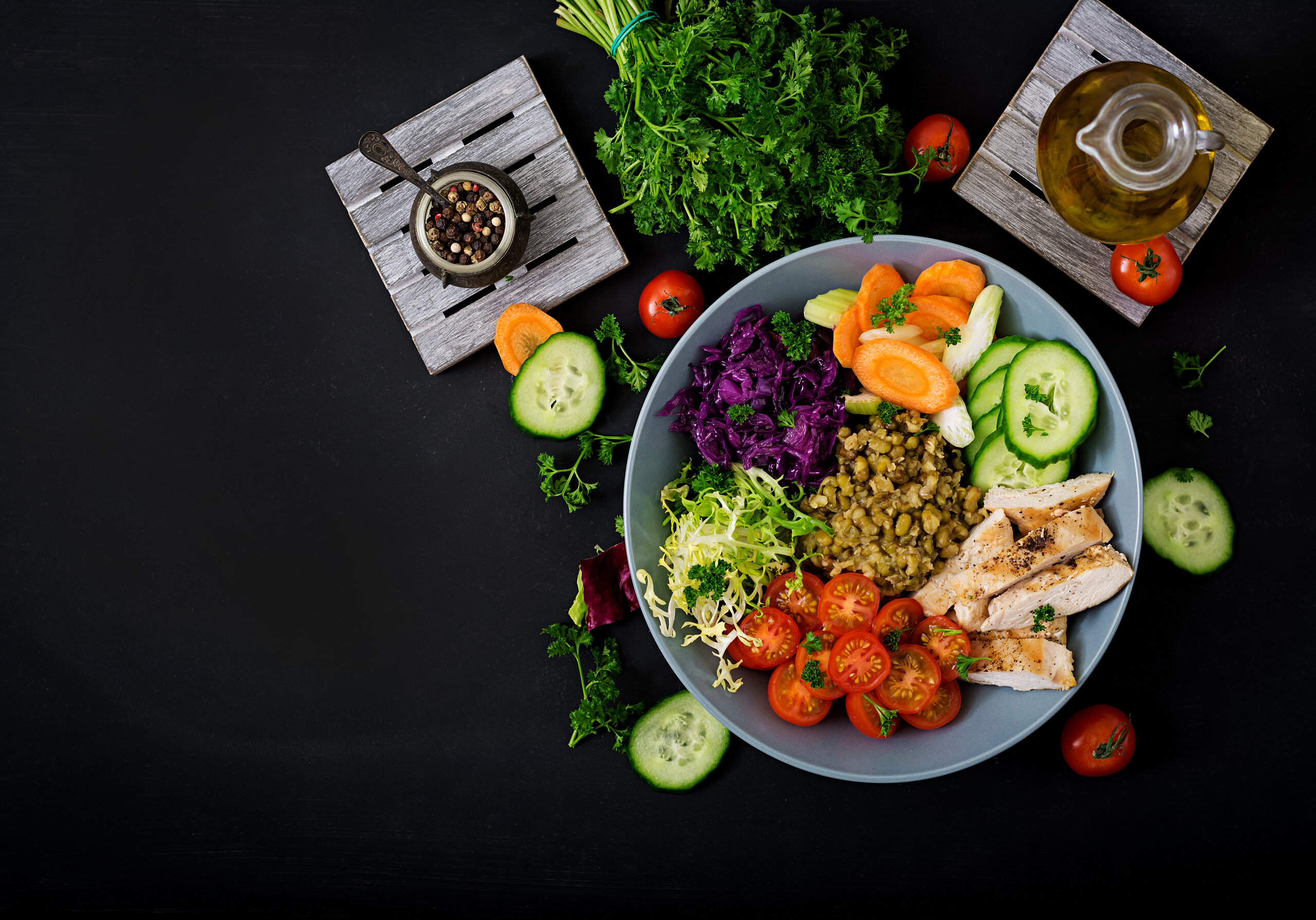
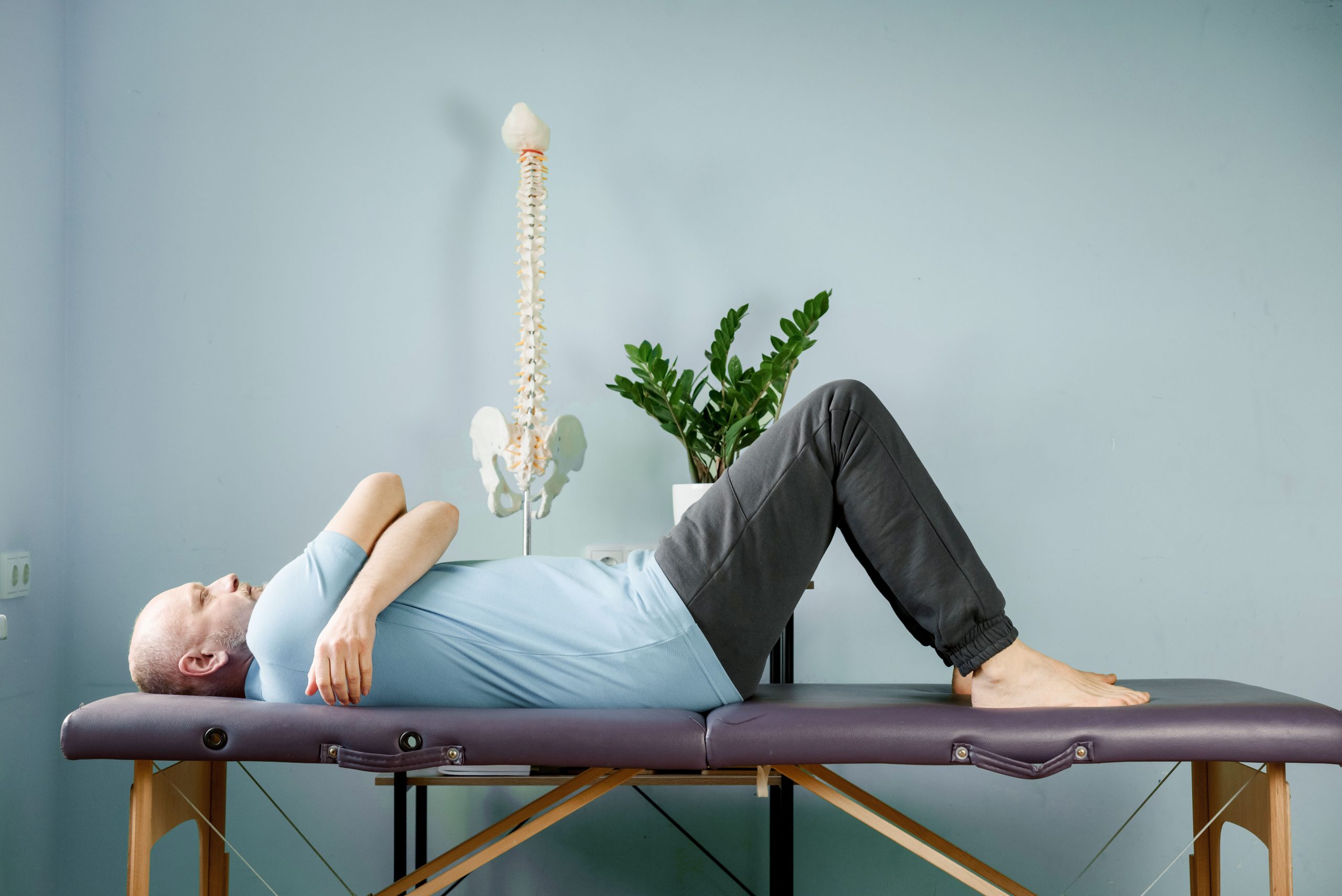


Isabella Rodriguez